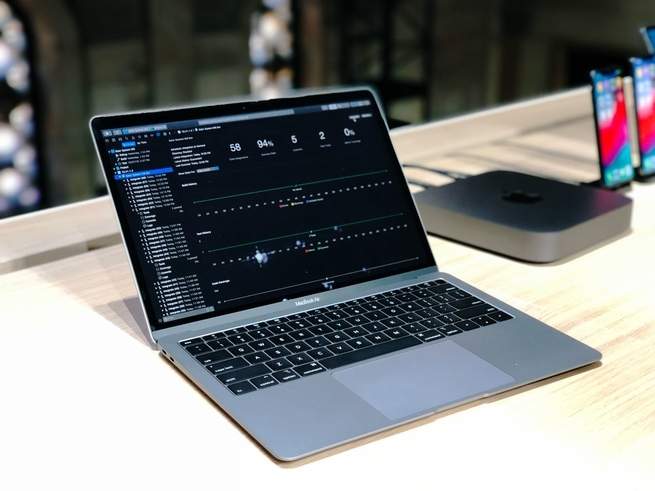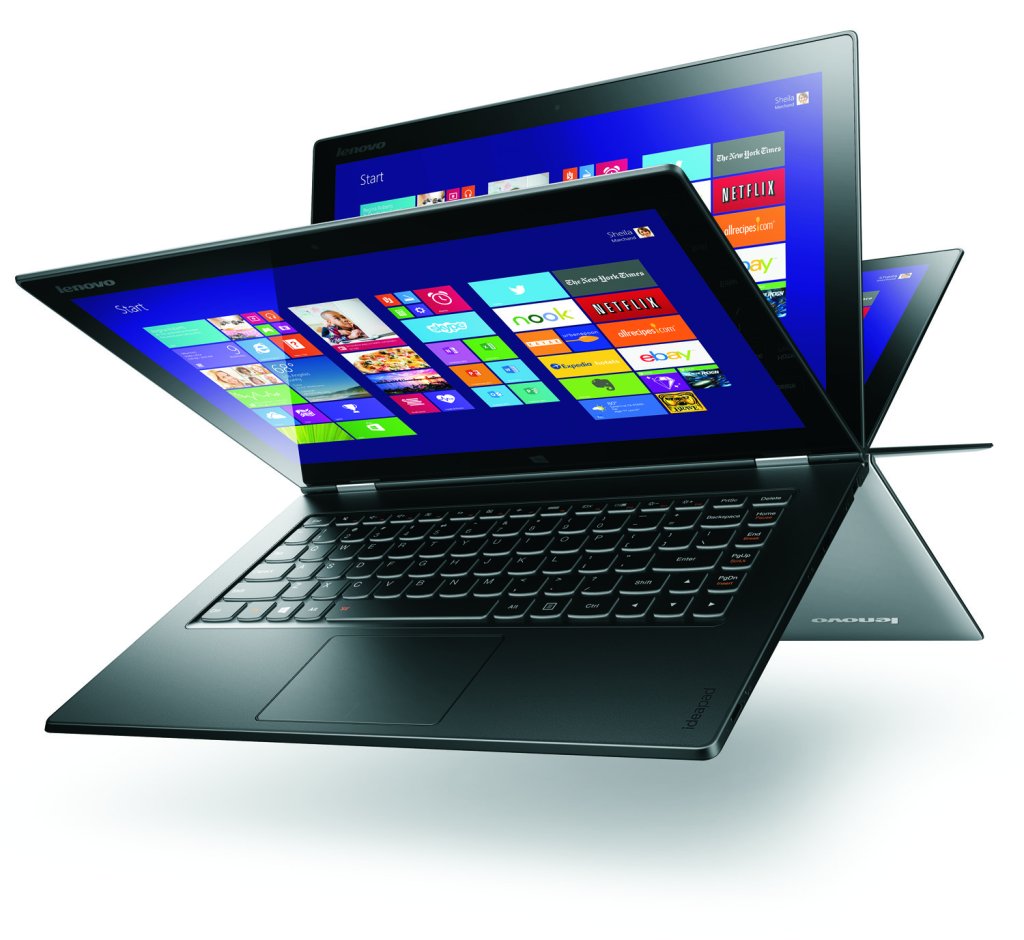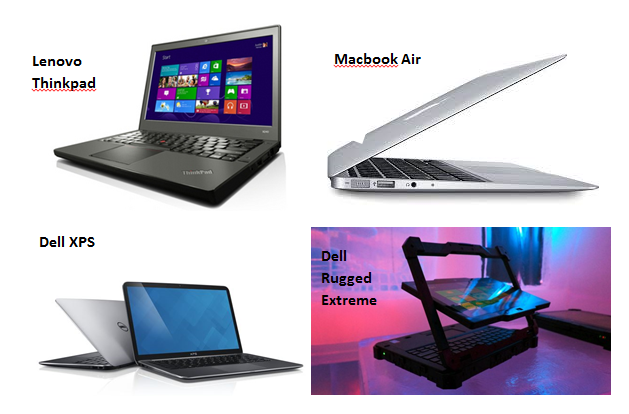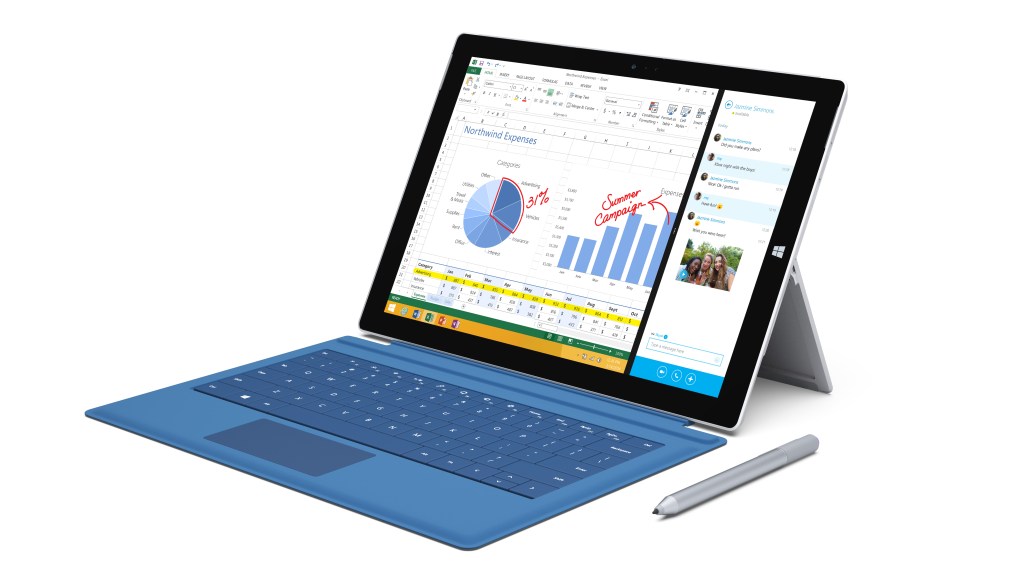Apple Announcements
October 2018 Edition
Hardware announcements from Apple late last month seem likely to satisfy some longtime wishes of Mac aficionados. The MacBook Air, the company’s “budget” line of laptops and its most loved Mac, has finally been fully redesigned and reengineered, adding hardware features that have become standard on MacBooks and MacBook Pros. It now sports a crisp […]




